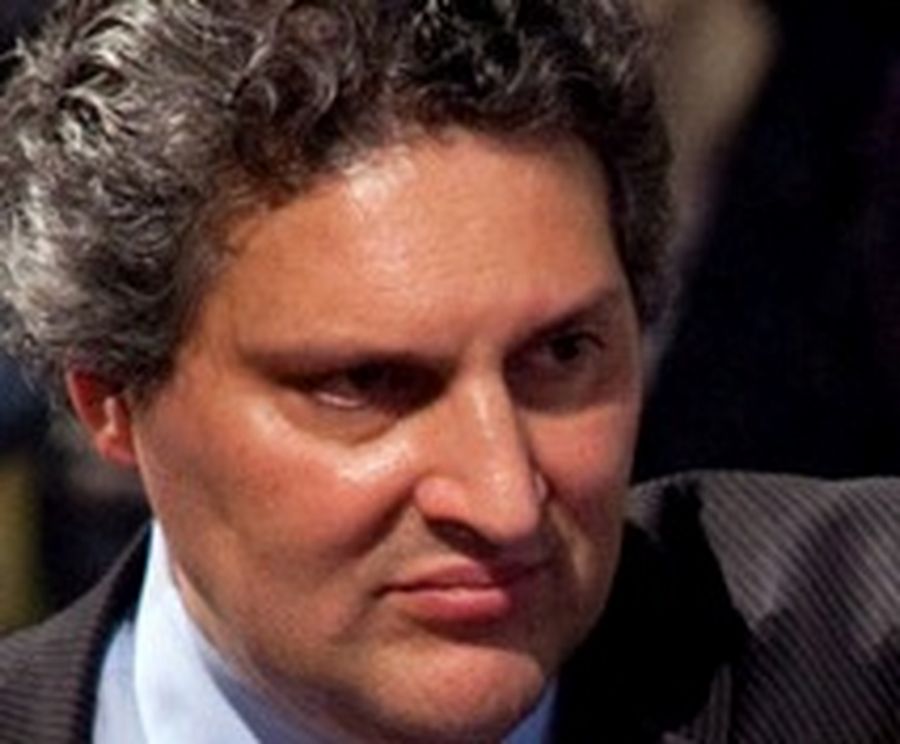Taking a bit of a break today from Greece, ratings agencies, CDS etc, although after my rant yesterday, I’m glad to note the ECB clarifying its stance on collateral, saying it’ll continue accepting Greek government bonds in liquidity operations until all rating agencies rate them in default. That’s a major softening of its original position. It was also good to see Ewald Nowotny having a bit of a go at the agencies: “We are conducting a very difficult conversation with the ratings agencies,” he said in an Austrian TV interview and reported by Reuters. I suspect he’s exaggerating for effect; the ECB sets far too much store in the agencies and needs to extricate itself.
Away from the Greek saga, I took a detailed look this morning at the debt and equity capital markets returns for the first half of the year. Nothing really revolutionary at the top of rankings, just the usual jostling for position. What struck me – again – was the concentration of deal flow at the top end. This is hardly a new phenomenon, but I do wonder what role some of the players in the nether regions of the top 25 think they’re playing.

Keith Mullin, Editor-at-large, IFR
Take Global DCM. H1 volumes were up 10% over last year at US$3trn, and there was a record half for global high-yield debt at US$207bn. Global ECM activity was up 27% to US$412bn. But who’s getting all the business? Well, the top 10 DCM firms accounted for 54.4% of deal underwriting, but more importantly they garnered 63.13% of the wallet.
The top 25 DCM firms account for 83.2% of underwriting by volume and 85.53% of fee take. It’s the same in ECM. And, by the way, that’s just top 25, those firms who would lay claim to having international capital markets businesses. By market share, once you get beyond the top 10, your market share is below 4% and by the time you get to 20th and below, it’s below 1%.
The capital markets are heavily over-banked and have been for some considerable time. Why don’t some of the second-tier firms just call it a day? I’m sure their shareholders would benefit. I don’t see the internal numbers, but I would bet that the overhead involved in maintaining an origination, syndications, sales and trading operation runs pretty close to the underwriting revenue plus related secondary commissions that some firms generate. Time for some judicious pruning.
When every dollar of expensive capital allocated has to make a return, being in that <1% club must be a tough place to be.